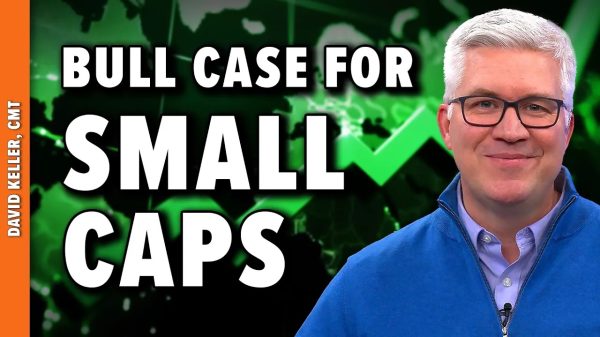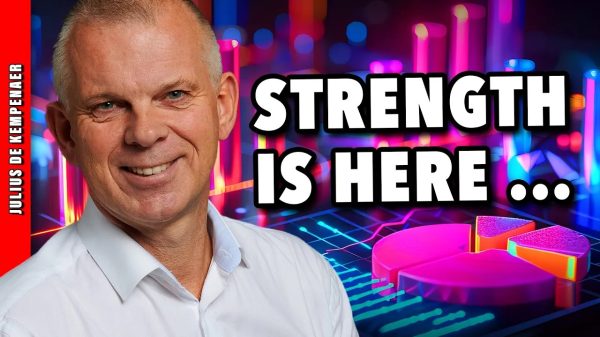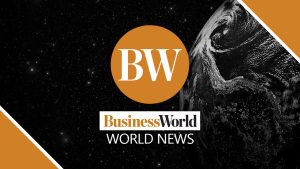WASHINGTON — US consumer spending was unchanged in March as an increase in outlays on services was offset by a decline in goods, but persistent strength in underlying inflation pressures could see the Federal Reserve raising interest rates again next week.
Stubbornly high inflation was underscored by other data on Friday showing labor costs increasing solidly in the first quarter as a tight labor market continued to drive wage gains in the private sector. With the economy, however, shifting to lower gear, the anticipated rate hike next Wednesday could be the last in the current cycle, which is the fastest since the 1980s.
Tighter credit conditions following recent financial market turmoil have added to the risks of a recession this year. A fight to raise the federal government’s $31.4 trillion borrowing cap also poses a threat to the economy.
The unchanged reading in consumer spending last month, reported by the Commerce Department, followed a downwardly revised 0.1% gain in February. Consumer spending, which accounts for more than two-thirds of US economic activity, was previously reported to have increased 0.2% in February.
Spending on services rose 0.4%, driven by housing and utilities as well as healthcare. Goods outlays fell 0.6% as purchases of motor vehicles, mostly new light trucks, decreased. Lower gasoline prices also contributed to the decline in goods spending. Economists polled by Reuters had forecast consumer spending dipping 0.1%.
The data was included in the advance gross domestic product report for the first quarter published on Thursday, which showed consumer spending surging at a 3.7% annualized rate that period after rising at a 1.0% pace in the October-December quarter.
Last month’s flat reading in consumer spending set consumption and the overall economy on a lower growth path in the second quarter.
Consumer spending is plateauing likely as Americans become more averse to higher prices. Government social benefits are also dwindling. A temporary boost to the Supplemental Nutrition Assistance Program (SNAP) benefits authorized by the US Congress to cushion low-income people and families against the hardships of the COVID-19 pandemic expired in March.
SNAP is commonly known as food stamps. Researchers from the Commerce Department’s Census Bureau on Thursday estimated the end of the extra benefits had resulted in roughly 32 million people getting smaller monthly SNAP payments. They estimated that a household of four with a net monthly income of $2,000 was now getting $600 less in food stamps each month.
The Fed is expected to increase interest rates by another 25 basis points next week. The US central bank has raised its policy rate by 475 basis points since March of last year from the near-zero level to the current 4.75%-5.00% range.
Though inflation is gradually slowing it remains elevated. The personal consumption expenditures (PCE) price index gained 0.1% in March, the smallest increase since last July, after rising 0.3% in February. In the 12 months through March, the PCE price index increased 4.2%. That was the smallest advance since May 2021 and followed a 5.1% rise in February.
Excluding the volatile food and energy components, the PCE price index rose 0.3%, matching February’s gain. The so-called core PCE price index gained 4.6% on a year-on-year basis in March after rising 4.7% in February. The Fed tracks the PCE price indexes for its 2% inflation target.
Economists estimated that core services excluding housing, being closely watched by policymakers, increased 0.2%. The smallest gain since last July followed a 0.3% rise in February, and reflected a drop in portfolio management fees.
A separate report from the Labor Department showed its Employment Cost Index (ECI), the broadest measure of labor costs, accelerated 1.2% in the first quarter after increasing 1.1% in the October-December period.
Labor costs increased 4.8% on a year-on-year basis after advancing 5.1% in the fourth quarter, remaining above the 3.5% that Fed officials say would be consistent with 2% inflation.
The ECI is widely viewed by policymakers and economists as one of the better measures of labor market slack and a predictor of core inflation, because it adjusts for composition and job-quality changes. There were 1.7 job openings for every unemployment person in February.
Private sector wages increased 1.2%, matching the fourth quarter’s gain. Goods producing industries were the main drivers of growth. Private wages advanced 5.1% year-on-year.
This is at odds with the moderation in average hourly earnings in the Labor Department’s monthly employment report.
Some economists argued that the stickiness in wages suggested the Fed could continue tightening policy beyond next week.
Solid wage gains are helping to support personal income, offseting the drag from declining government benefits like food stamps. Income rose 0.3%, matching February’s increase.
The saving rate jumped to 5.1%, the highest since December 2021, from 4.8% in February, boosted by a plunge in tax payments in January as well as fears of a recession. — Reuters























